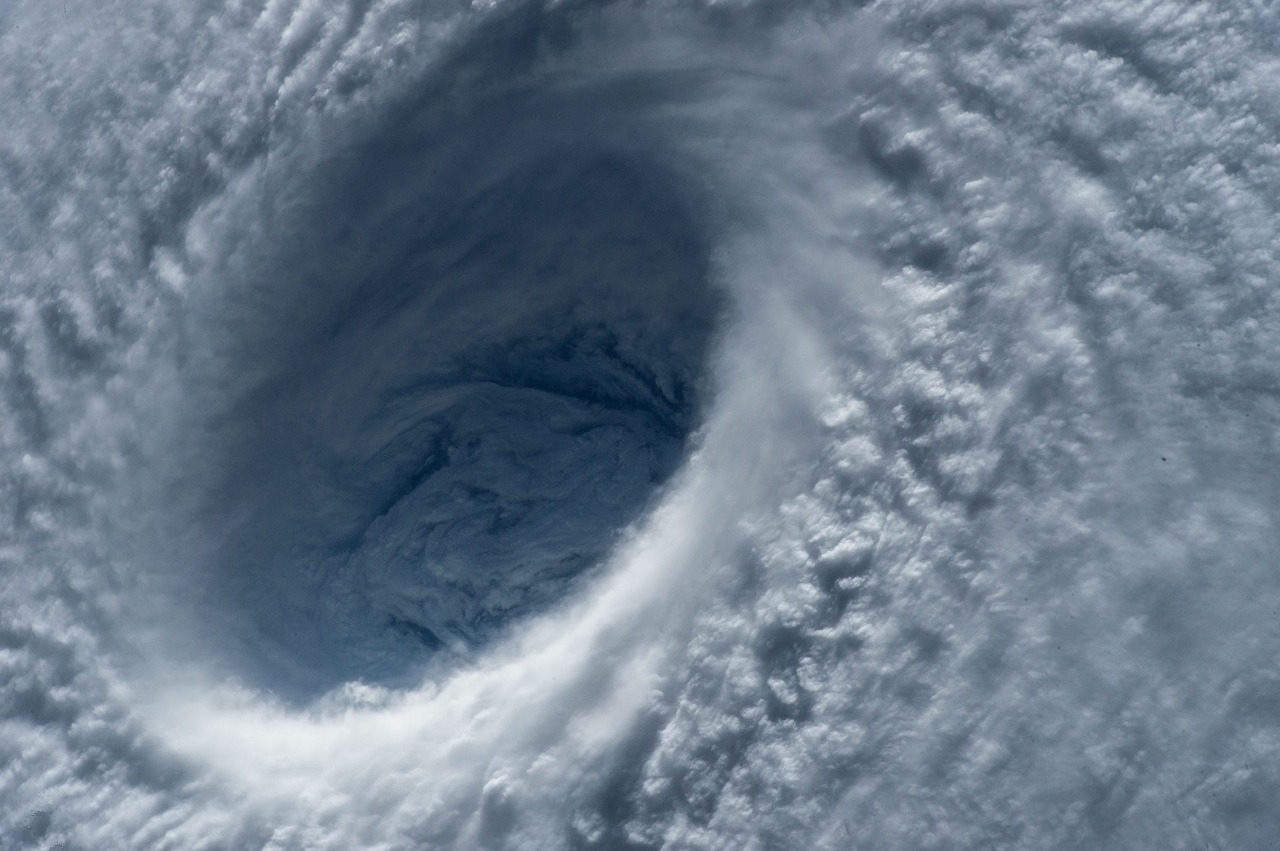Reining in the pandemonium
By Christina Yap
Globally, we are witnessing scurries to stockpile: from pasta to rice and noodles, toilet rolls to soap. This poses the dilemma: do we follow the actions of many? Or do we exercise restraint…?
We are constantly taking cues from those around us. Psychologist Gustave le Bon identified how individuals can easily lose their sense of self and become engulfed in the collective actions and emotions of a crowd. This type of crowd behavior perpetuates cave-person like instincts and brings some unhealthy risks…
So what are the unhealthy risks?
The risk of contagious panic is mass hysteria, which can be exponentially more contagious than the real virus. At its worst, it results in individuals becoming less civilised and succumbing to violence.
Fear, stress and anxiety are negative emotions that send the sympathetic nervous system into overdrive. Hyperactivity of a (typically already stressed) sympathetic nervous system leads to increased blood pressure, body temperature, breathing rate and sweating. It also affects digestion, energy levels, cognitive ability and can result in irrational behaviour.
This fight or flight response drains our energy, weakens our immune system and our overall ability to defend ourselves at a time when we need to be at our healthiest and most resilient. And at a time that we most need – as individuals and collectively – to support ourselves and be available to support those around us.
This fight or flight response drains our energy, weakens our immune system and our overall ability to defend ourselves at a time when we need to be at our healthiest and most resilient. And at a time that we most need – as individuals and collectively – to support ourselves and be available to support those around us.
Take a break
Let’s take a step back and take a helicopter (or drone, if you prefer) view for a moment.
Turning BAT around, we get TAB which could serve as an apt acronym for
Take – A – Break.
That’s to say, take a moment to pause amidst the contagious panic around, find a state of calm and peace within. Reflect on the appropriate course of action to take. Then act appropriately, sensibly and proportionately, given the circumstances.
Eye of the storm
In these challenging times, we can draw courage and inspiration from Ryan Stevenson’s ‘Eye of the storm’ song:
‘In the eye of the storm
you remain in control’
The Cambridge dictionary defines a storm as ’an extreme weather condition with very strong winds, heavy rain, thunder and lightning’. In a storm, we protect ourselves, our families and communities and homes by taking precaution and some safety measures.
Similarly, COVID-19 is a new strain of coronavirus not previously identified in humans, taking its toll on lives, livelihood and the economy. Together with governments and employers, we have an individual and joint responsibility to take charge of the situation and protect ourselves.
How?
By getting into the eye of the storm, so to speak.

The most peaceful part of the storm is in the eye, right in its centre. The eye of the storm is the only point that records the lowest barometric pressures. Surrounded by the fury of the strong winds all around, yet calm and still within.
So rather than allowing ourselves to be swept up by the storm of COVID-19, we each have a choice (and challenge) of stepping away from the turbulence into the centre, to generate a restful, peaceful state of internal equilibrium to boost our defences.
We can do so by finding whatever means that works for us to activate our parasympathetic nervous system and optimise our wellbeing. Whether this is through our breathing, meditative/mindfulness practices, our own faith, yoga, qigong, sport. This is the time needed to purify ourselves, not just physically, but mentally and emotionally as well. It is a time for self-care, by paying attention to the foods that we are eating to nourish us. A time to step back from the cacophony of media and social overload by engaging with soothing sounds and spending time in nature to calm our emotions and state of mind, so that we can get back into equilibrium.
Standing together in solidarity
Who would have thought, before the turn of this decade, that bats in a wet market would have anything to do with global stocks and shares? This serves as a reminder of the interconnectedness of all life.
If the actions of a minority in one small part of the world can have wide-reaching impact on the rest of the world, then it stands to reason that what the rest of us chooses to do now in solidarity can be exponentially more impactful.
We can choose to act from a state of frenzy to stir up our own storm of greater intensity than the virus itself. Or we can choose to act from a centred state of calm and balance to weather the storm.
TAB.
This is an invitation for each of us take time to take a break from the frenzy:
- Engage the stillness inside
- Become mindful of our actions
- Show support, respect and humanity to all around us.
We can stand together in solidarity to get through this.
Take A Break. Keep Calm.
This too shall pass.

